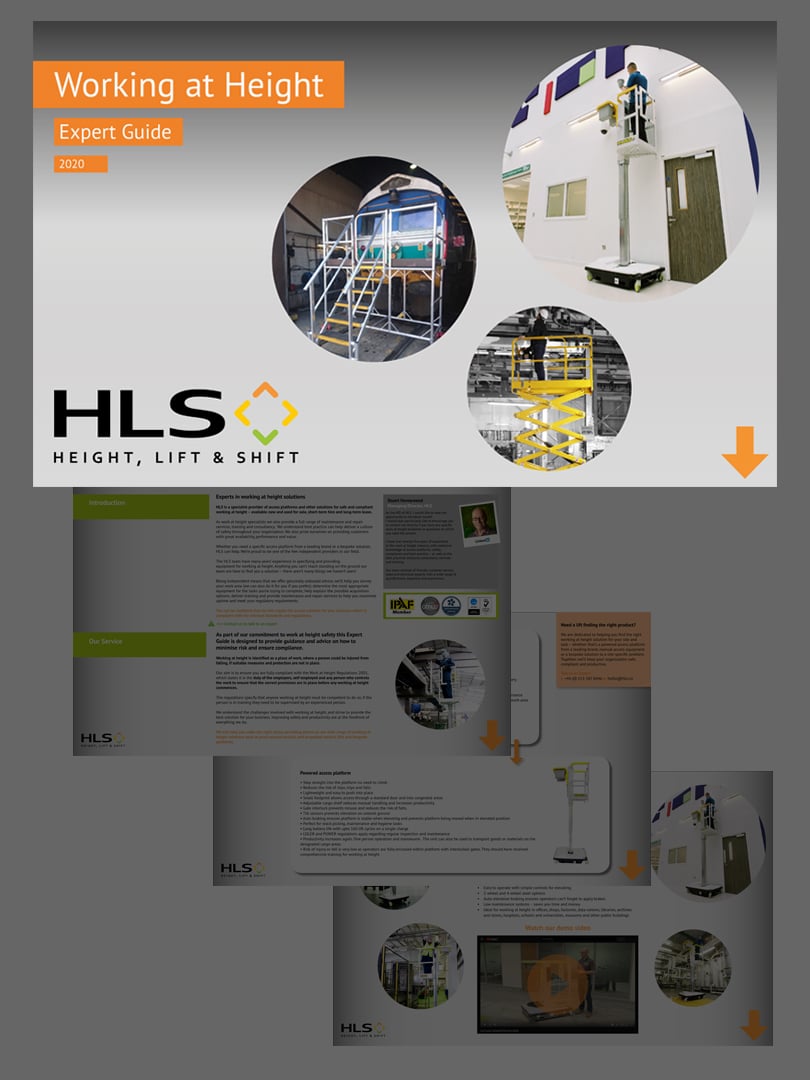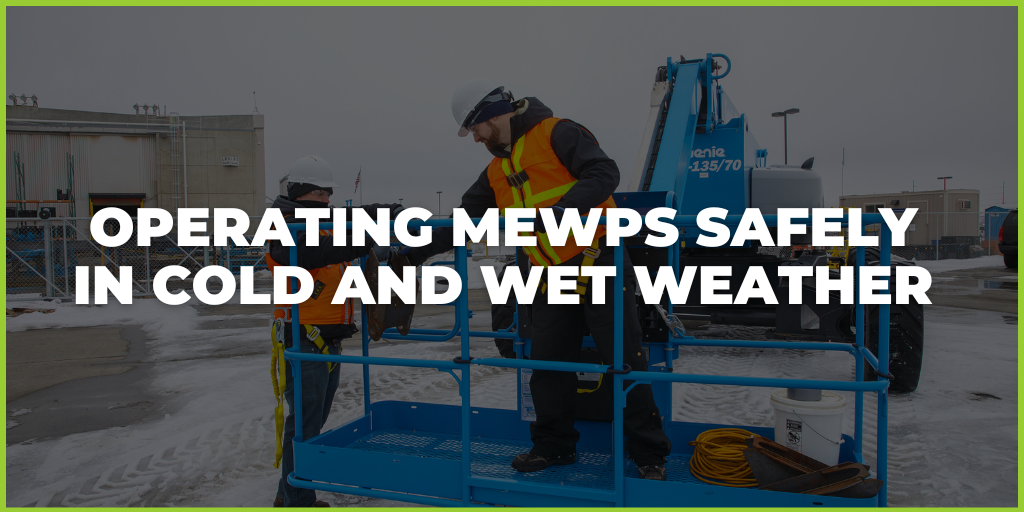This is the first of a series of blogs that will discuss the new Health and Safety and Corporate Manslaughter Offences guidelines. We will also look at the hidden costs and potential damages that such legal action could cause your business and what you could do to protect yourself.
We often tend to put our fears to the back of our mind and act like they don’t exist; but, that doesn’t make them less real. Even though the economy is finally, slowly, coming out of the recession that struck the country in 2008[1], some companies still run the risk of exposing employees to working in dangerous conditions in order to cut budgets and reduce costs.
However, according to Simon Joyston-Bechal, partner at Pinsent Masons law firm, companies should not dismiss the health and safety risks despite seemingly low conviction rates. This could leave them liable to prosecution and with the new Health and Safety Offences, Corporate Manslaughter and Food Safety and Hygiene Offences guidelines coming into force on the 1st of February, his advice is more relevant than ever.
Up until now the law has only scratched the surface of health and safety and corporate manslaughter offences. However, the new guidelines will finally put the importance of employees’ well-being into perspective and will set clear and definite rules for judges and magistrates to follow when reviewing complicated or serious offences.
The new guidelines will strike hard and will cover the most commonly sentenced health and safety and food hygiene offences in England and Wales. Employers will see a significant rise in penalties, the amount of which could reach up to £20m.
The decision for the substantial increase in penalties has come as a result of the fact that in the past some offenders did not receive fines that properly reflected the infringements committed. An example of this is the case of the Southall rail crash when Great Western Trains was fined £1.5m, only a tiny fraction of the company’s profits.[2] Therefore, the Sentencing Council made the decision to put into force fines that will have a more significant impact on offending companies and the amount payable will reflect the seriousness of the health and safety breach and/or its impact on employees.
Brief History
The Corporate Manslaughter and Corporate Homicide Act 2007 was introduced on 6 April 2008 and was a legal landmark. The Act made it possible, for the first time, for organisations to be found guilty of corporate manslaughter as a result of serious management failures. Prior to this, the law required a controlling mind to be identified and held responsible. This rule became the Catch 22 in the system, making it nearly impossible for a large company to be convicted, because of the complicated management processes and multiple board members and directors in place.[3]
The first ever case of a company being convicted for corporate manslaughter is that of the Geologist Alexander Wright who died in September 2008 when a 12.6ft (3.8m) deep trial pit in which he was working alone caved in at a development site near Stroud, Gloucestershire. The jury found that Cotswold Geotechnical’s system of work in digging trial pits was unnecessarily dangerous and the company was fined £385,000. The company was given 10 years to pay the penalty, which was not dismissible, even if the company went out of business as a result of the fine.[4]
The New Guidelines
The offences that will come under the new guidelines will vary and could include anything from an employee’s death caused by a lack of provision of appropriate equipment for working at height, to a manufacturer that contibutes to a worker's injury by not providing adequate training.[5]
The guidelines “will introduce a consistent approach to sentencing, ensuring fair and proportionate sentences for those who cause death or injury to their employees and the public or put them at risk,” Michael Caplan QC, Sentencing Council member, said. “These offences can have very serious consequences and it is important that sentences reflect these.”[5]
In order to determine the severity of the offence and the amount that the company will need to pay, there are a number of factors that need to be considered. When it comes to Health and Safety offences the appropriate sentence will be defined by the following factors: [6]
Culpability*

Harm
Health and safety offences are considered if they have created the risk of potential harm; no proof of actual harm is required.

After these factors have been reviewed then the court will look into the organisation’s annual turnover or equivalent to reach a starting point for determining the fine. The offender is then expected to provide extensive information about their financial status in order for an appropriate fine to be given.
Penalties
“The fine must be sufficiently substantial to have a real economic impact which will bring home to both management and shareholders the need to comply with health and safety legislation.”[6]
Pictograms of penalties according to the size of the business:




When all the necessary data has been collected, the court will then review all the information and come up with a verdict.
Corporate Manslaughter Penalties

Compared to the US, Britain’s manslaughter laws are far less severe. In America companies get put out of business and are awarded by juries massive punitive damages and people get sent to prison. Executives of offending organisations can face fines of millions of dollars in addition to compensation claims, while currently in the UK companies only face fines for breaching safety regulations.
Even though the Act was introduced over seven years ago, there are only a small number of companies that have been prosecuted, but the number of corporate manslaughter cases rises by 40% each year.[7] This is not to say that the health and safety at the work place is getting worse, but the law is being enforced more strictly, and in today's highly connected world the misconduct of employers is more visible than ever.
References
*All pictograms in this blog post are taken from the new Health and Safety Offences, Corporate Manslaughter and Food Safety and Hygiene Offences Guidelines
[1] http://www.telegraph.co.uk/finance/financial-crime/9830480/Corporate-manslaughter-cases-rise.html
[2] http://www.theguardian.com/world/2000/may/23/quanda.marktran
[1] http://www.theguardian.com/business/2015/sep/30/uk-economy-recession-ons-figures-growth-gdp
[2] http://www.theguardian.com/world/2000/may/23/quanda.marktran
[3] http://www.hse.gov.uk/corpmanslaughter/
[4] http://www.telegraph.co.uk/finance/yourbusiness/8331262/Cotswold-Geotechnical-fined-385000-in-first-corporate-manslaughter-conviction.html
[5] https://www.sentencingcouncil.org.uk/news/item/new-sentencing-guidelines-proposed-for-corporate-manslaughter-health-and-safety-and-food-safety-offences/
[6] Health and Safety Offences, Corporate Manslaughter and Food Safety and Hygiene Offences: Definitive Guide, 2016
[7] http://news.sky.com/story/1042970/corporate-manslaughter-cases-up-by-40-percent-in-a-year




